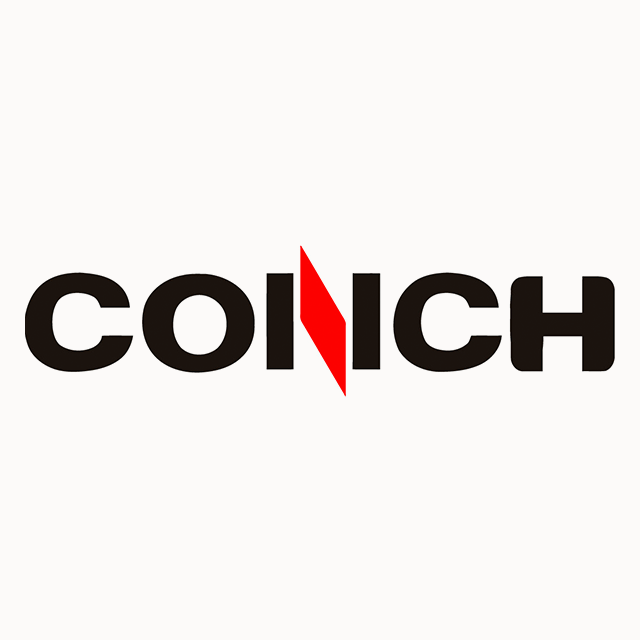Company Analysis Mongolian Mining Corporation
1. Summary
Advantages
- The stock's return over the last year (28.07%) is higher than the sector average (13%).
- Current debt level 17.51% is below 100% and has decreased over 5 years from 201.48%.
- The company's current efficiency (ROE=20.04%) is higher than the sector average (ROE=6.23%)
Disadvantages
- Price (9.9 HK$) is higher than fair price (1.78 HK$)
- Dividends (0%) are below the sector average (2.32%).
Similar companies
2. Share price and performance
2.1. Share price
2.3. Market efficiency
| Mongolian Mining Corporation | Materials | Index | |
|---|---|---|---|
| 7 days | 12.4% | -16.8% | 2.7% |
| 90 days | 42.7% | -2.9% | 13.5% |
| 1 year | 28.1% | 13% | 52.4% |
0975 vs Sector: Mongolian Mining Corporation has outperformed the "Materials" sector by 15.07% over the past year.
0975 vs Market: Mongolian Mining Corporation has significantly underperformed the market by -24.3% over the past year.
Stable price: 0975 is not significantly more volatile than the rest of the market on "Hong Kong Exchanges" over the last 3 months, with typical variations of +/- 5% per week.
Long period: 0975 with weekly volatility of 0.5399% over the past year.
3. Summary of the report
4. Fundamental Analysis
4.1. Stock price and price forecast
Above fair price: The current price (9.9 HK$) is higher than the fair price (1.78 HK$).
Price is higher than fair: The current price (9.9 HK$) is 82% higher than the fair price.
4.2. P/E
P/E vs Sector: The company's P/E (4) is higher than that of the sector as a whole (0.3).
P/E vs Market: The company's P/E (4) is lower than that of the market as a whole (23.3).
4.2.1 P/E Similar companies
4.3. P/BV
P/BV vs Sector: The company's P/BV (0.7014) is lower than that of the sector as a whole (3.61).
P/BV vs Market: The company's P/BV (0.7014) is lower than that of the market as a whole (2.59).
4.3.1 P/BV Similar companies
4.4. P/S
P/S vs Sector: The company's P/S indicator (0.9314) is lower than that of the sector as a whole (1.75).
P/S vs Market: The company's P/S indicator (0.9314) is lower than that of the market as a whole (19.57).
4.4.1 P/S Similar companies
4.5. EV/Ebitda
EV/Ebitda vs Sector: The company's EV/Ebitda (14.33) is higher than that of the sector as a whole (13.84).
EV/Ebitda vs Market: The company's EV/Ebitda (14.33) is lower than that of the market as a whole (37.51).
5. Profitability
5.1. Profitability and revenue
5.2. Earnings per share - EPS
5.3. Past profitability Net Income
Yield Trend: Rising and has grown by 147.25% over the last 5 years.
Accelerating profitability: The return for the last year (678.17%) exceeds the average return for 5 years (147.25%).
Profitability vs Sector: The return for the last year (678.17%) exceeds the return for the sector (3.36%).
5.4. ROE
ROE vs Sector: The company's ROE (20.04%) is higher than that of the sector as a whole (6.23%).
ROE vs Market: The company's ROE (20.04%) is higher than that of the market as a whole (-4.45%).
5.5. ROA
ROA vs Sector: The company's ROA (11.68%) is higher than that of the sector as a whole (2.83%).
ROA vs Market: The company's ROA (11.68%) is higher than that of the market as a whole (2.7%).
5.6. ROIC
ROIC vs Sector: The company's ROIC (0%) is lower than that of the sector as a whole (3.58%).
ROIC vs Market: The company's ROIC (0%) is lower than that of the market as a whole (14.67%).
7. Dividends
7.1. Dividend yield vs Market
Low yield: The dividend yield of the company 0% is below the average for the sector '2.32%.
7.2. Stability and increase in payments
Unstable dividends: The company's dividend yield 0% has not been consistently paid over the past 7 years, DSI=0.
Weak dividend growth: The company's dividend yield 0% has been growing weakly or stagnant over the past 5 years. Growth over only 0 years.
7.3. Payout percentage
Dividend Coverage: Current payments from income (0%) are at an uncomfortable level.
Pay for your subscription
More functionality and data for company and portfolio analysis is available by subscription
 MAX Chat
MAX Chat


